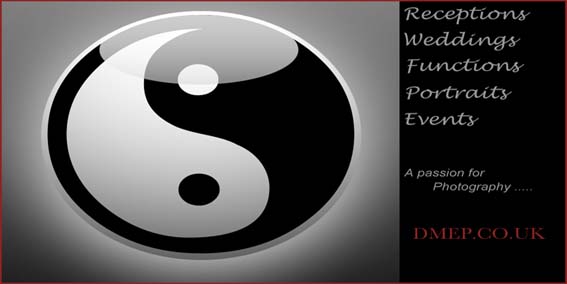Sent to you by mcleanfamily88 via Google Reader:
Guest Post by Tamara Lackey – Follow Tamara on Twitter
Everyone has a different style of shooting, which often means a different look they go for when evaluating how to best light their subject. Personally, I've come to recognize that I really (really) like to see the whole face of my subject.
So, for me, fill light is an incredibly important element in nearly all of my shoots.
In my studio, that's fairly easy to achieve – I typically position my fill across-ish from my main (or key) light source and adjust as needed, based on who or what I'm shooting. Since a fill light is used to "fill in" enough light to manage shadowing created by your main light, my normal fill is typically either a wider reflective object or a dimmer light source. All that means is that I'm either using less powerful lighting or I'm moving it further away to control the effect.
When I'm on-location, though, I usually don't want to deal with the hassle of bringing additional lighting with me – especially if I'm working with fast-moving subjects. I find that if I'm dangling two cameras, two lenses, a lens bag with another backup camera, all my compact flash cards, one or two more lens options and a flash … yeah, I am rather eager to minimize the need for additional equipment.
Thankfully, a reflector will do the job for me. I find it easy enough to use one when I'm out and about as all the fill lighting I need, very specifically used to either:
1. control overly-contrasted shots (general rule of thumb, less fill = more contrast; more fill = less contrast)
and / or
2. accentuate catchlights (especially with backlit shots)
But what about when a reflector is too cumbersome to utilize, especially as a single shooter in tougher atmospheric conditions?
Great question! So glad you asked ☺
To be continued…

Things you can do from here:
- Subscribe to Photofocus using Google Reader
- Get started using Google Reader to easily keep up with all your favorite sites




No comments:
Post a Comment